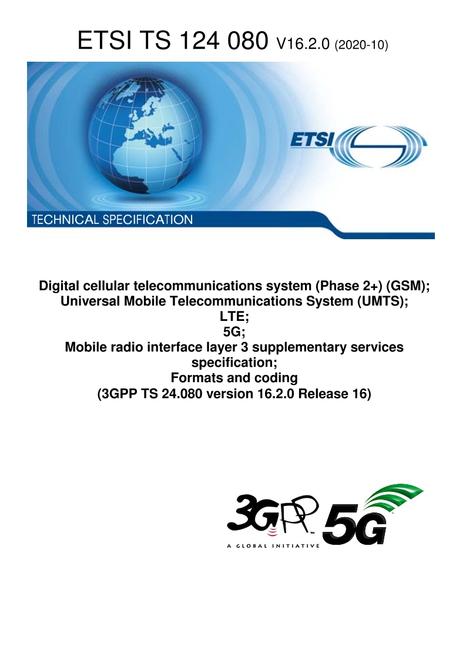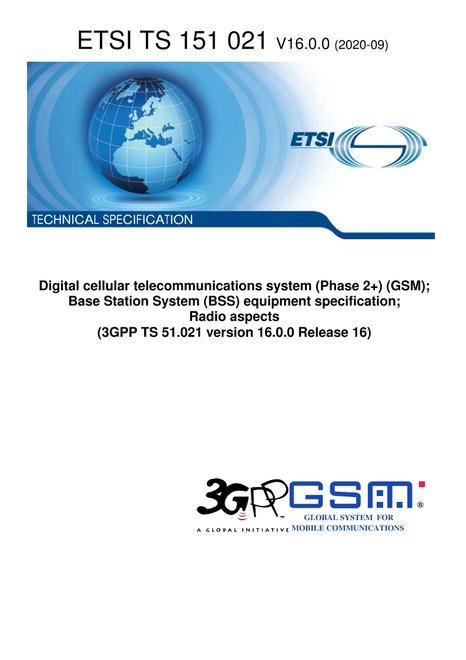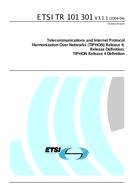-
-
Available Formats
- Availability
- Priced From ( in USD )
-
Available Formats
-
- Self Extracting File Format
- Immediate download
-
$27.25Members pay $20.44
- Add to Cart
Customers Who Bought This Also Bought
-

ETSI EN 301 067-6
Priced From $110.48 -

ETSI TS 124 080
Priced From $27.25 -

ETSI TS 151 021
Priced From $27.25 -

ETSI TR 101 301
Priced From $38.15
About This Item
Full Description
However, with the popularity of new speaker setups, no assumption can be made about the speaker setup used for playback. Therefore, channel-based audio does not offer a sufficient method for adapting a presentation where the source speaker layout does not match the speaker layout at the decoding end. This presents a challenge when trying to author content that plays back well independently to the speaker configuration.
In object-based audio, individual sound elements are delivered to the playback device, where they are rendered based on the used speaker layout. Because individual sound elements can be associated with a much richer set of metadata, giving meaning to the elements, the method of adaptation to the speaker configuration reproducing the audio can provide better information regarding how to render to fewer speakers.
Enhanced AC-3 (E-AC-3), defined in ETSI TS 102 366 [1], is a widely used format for transmission of channel-based audio content. When the goal is to transport object-based audio in an environment where compatibility with pre-existing devices is paramount, joint object coding (JOC), as specified in the present document, can be used in conjunction with E-AC-3.
Document structure
The present document is structured as follows:
- Clause 4 explains the concept of object-based audio and specifies the decoder interface.
- Clause 5 specifies object audio metadata (OAMD), the object-based audio metadata format.
- Annex B specifies how OAMD can be converted to an audio definition model (ADM), providing an interconnection to the professional metadata generation and monitoring.
- Clause 6 specifies the JOC tool that converts the output of an E-AC-3 decoder to objects, as specified in ETSI TS 102 366 [1].
- Clause 7 specifies the quadrature mirror filter bank (QMF) tool that is used by the JOC tool.





